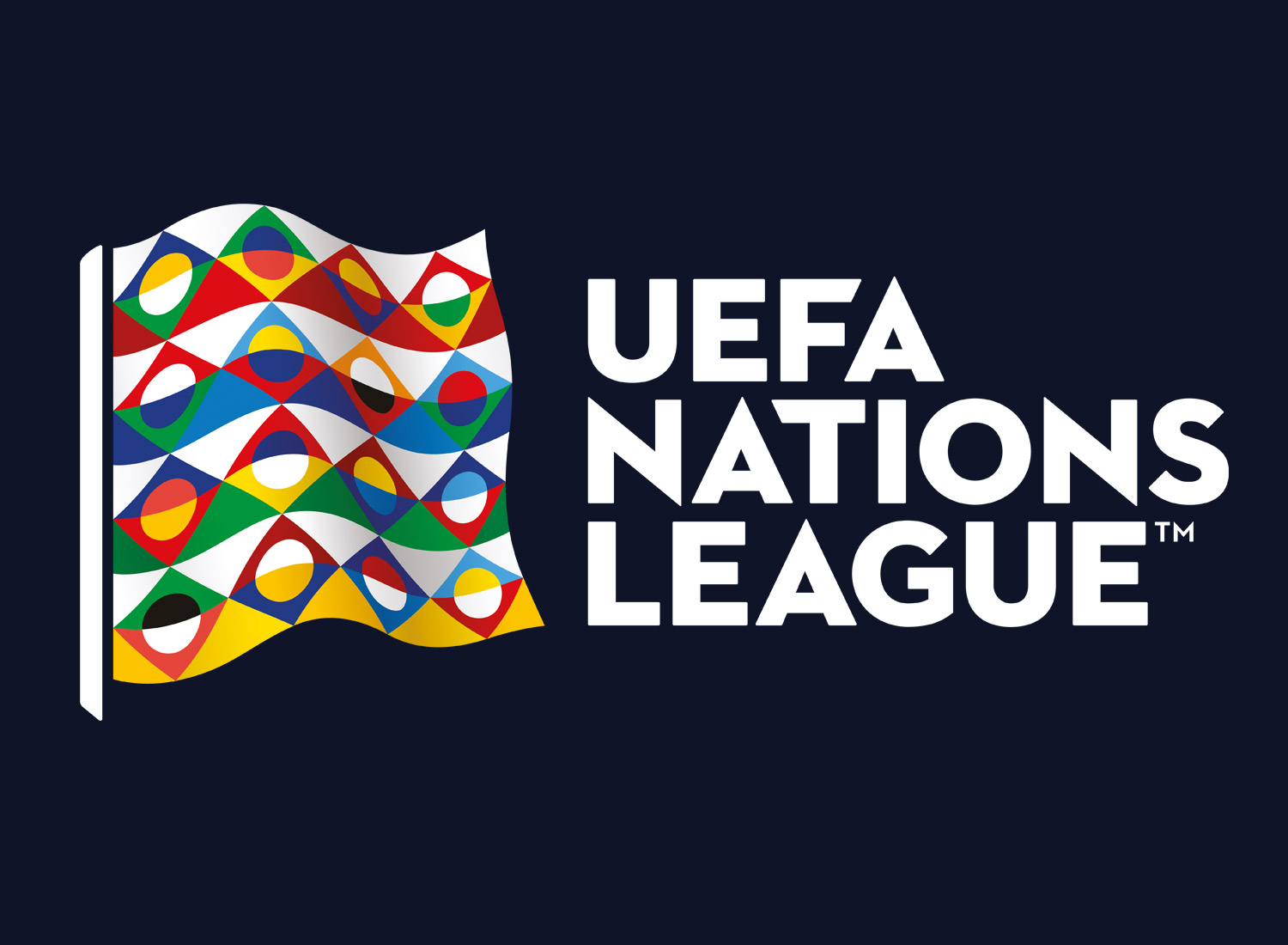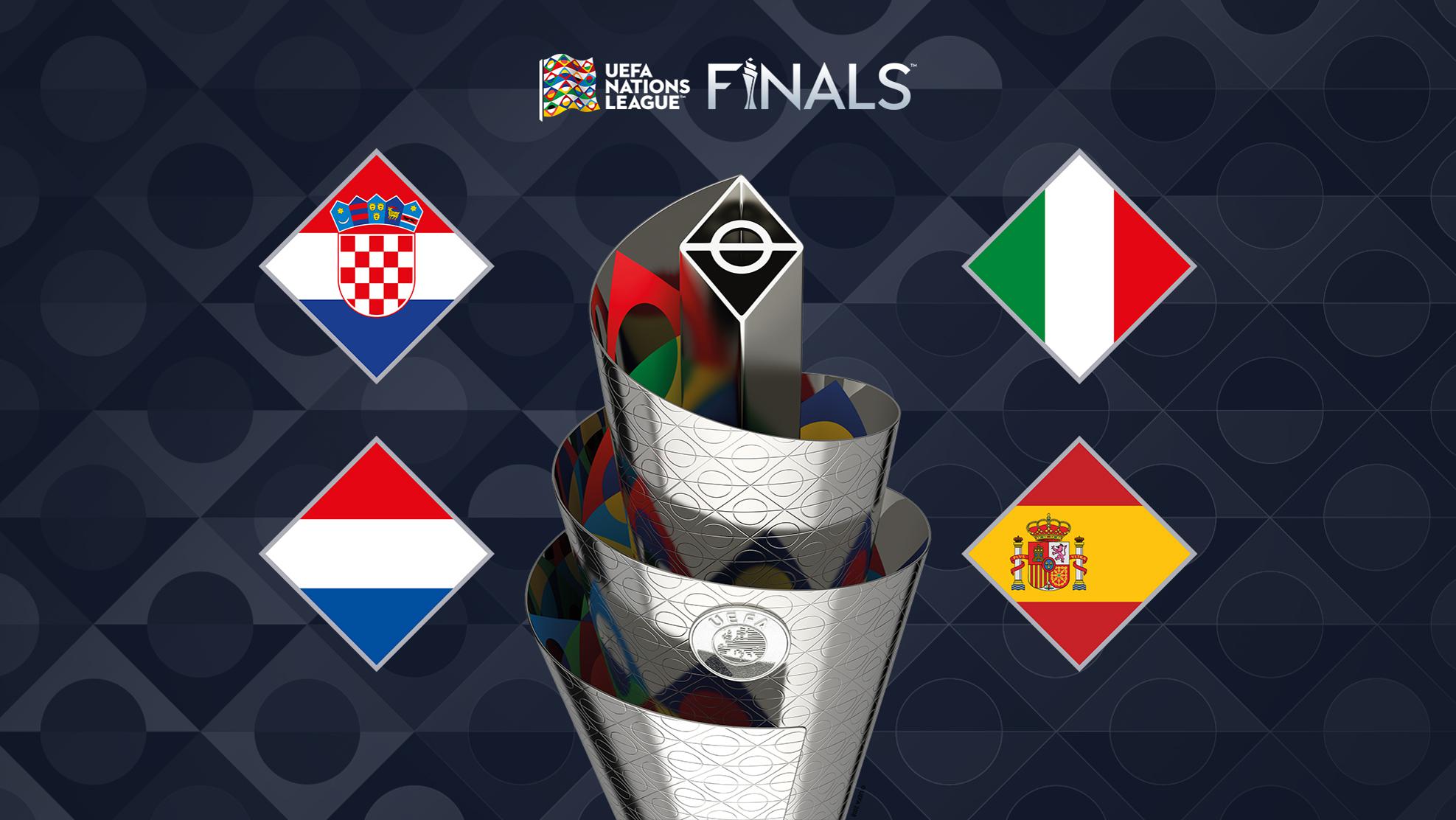Historical Overview of the Nations League

Established after World War I in 1920, the Nations League marked a significant milestone in international diplomacy. Its primary goal was to prevent future wars and promote global peace through collective security and international cooperation.
The Nations League has brought about a renewed sense of excitement in international football, with teams from all over the world competing for glory. Among the standout performers in this tournament has been Argentine striker Mateo Retegui. The young forward has showcased his immense talent, scoring crucial goals for his country.
His impressive performances have not gone unnoticed, and he is sure to be one to watch in the future as the Nations League continues to captivate fans worldwide.
The League played a pivotal role in international affairs, addressing various conflicts and disputes. It established the Permanent Court of International Justice, the forerunner of the International Court of Justice, to adjudicate international disputes.
The UEFA Nations League is a biennial international football competition contested by the senior men’s national teams of the member associations of UEFA. Sasha Colby , a drag queen known for her campy and theatrical performances on RuPaul’s Drag Race, recently made headlines for her iconic runway look inspired by the UEFA Nations League trophy.
This playful connection between the worlds of football and drag highlights the diverse and inclusive nature of both communities.
Mandates System
The League administered the Mandates System, overseeing territories previously under the control of defeated powers in World War I. These mandates aimed to prepare these territories for self-government and eventual independence.
Resolution of Conflicts
The League attempted to resolve international conflicts through diplomacy and mediation. Notable examples include its role in resolving the Åland Islands dispute between Finland and Sweden and the Mosul dispute between Turkey and Iraq.
The Nations League, a tournament that pits European countries against one another, has been a thrilling spectacle. While the competition heats up, let’s take a break and tune into the chappell roan tonight show for a dose of laughter and entertainment.
After enjoying the show, we’ll return to the Nations League, where the battle for continental supremacy continues.
Limitations and Dissolution, Nations league
Despite its efforts, the League faced challenges, including the absence of the United States as a member and the lack of enforcement mechanisms for its resolutions. The League’s inability to prevent the outbreak of World War II led to its dissolution in 1946.
Key Features and Structure of the Nations League

The Nations League, established after World War I, possessed a unique organizational structure designed to foster international cooperation and prevent future conflicts.
Organizational Structure
The League’s structure comprised three primary bodies:
- Assembly: The Assembly represented all member states, each with one vote. It served as a forum for discussing and debating international issues and approving the League’s budget and policies.
- Council: The Council was a smaller body with permanent representation from major powers (initially Britain, France, Italy, Japan, and the United States) and non-permanent representation from elected members. The Council was responsible for resolving disputes, enforcing League decisions, and overseeing the League’s activities.
- Secretariat: The Secretariat was the League’s administrative body, headed by a Secretary-General. It provided logistical support, prepared reports, and coordinated the League’s activities.
Mandate and Responsibilities
The Nations League’s mandate encompassed a broad range of responsibilities aimed at maintaining international peace and security:
- Disarmament: The League sought to reduce the risk of war by promoting disarmament and arms control.
- Collective Security: The League established a system of collective security, pledging that member states would come to the aid of any member attacked by an aggressor.
- International Cooperation: The League promoted international cooperation in various areas, including health, labor, and economic development.
Challenges and Impact of the Nations League
/origin-imgresizer.eurosport.com/2023/06/18/3729557-75881068-2560-1440.jpg)
The Nations League faced numerous challenges during its existence, including the rise of nationalism, economic instability, and the outbreak of World War II. These factors contributed to the League’s difficulties in maintaining peace and promoting international cooperation.
Challenges
- Rise of Nationalism: The rise of nationalism in the interwar period led to increased tensions between countries and made it difficult for the League to resolve disputes peacefully.
- Economic Instability: The global economic crisis of the 1930s weakened the League’s ability to provide financial assistance to member states and undermined its credibility.
- Outbreak of World War II: The outbreak of World War II in 1939 marked the failure of the League’s mission to prevent war and maintain peace.
Impact
Despite these challenges, the Nations League had some successes. It established international agreements on issues such as disarmament, labor rights, and the protection of minorities. The League also played a role in resolving international disputes, including the Åland Islands dispute between Finland and Sweden.
However, the League’s failures ultimately outweighed its successes. It was unable to prevent the outbreak of World War II and failed to resolve major conflicts such as the Manchurian Crisis and the Italian invasion of Ethiopia. The League’s inability to maintain peace and prevent war led to its decline and eventual dissolution in 1946.
The Nations League, a prestigious international football tournament, showcases the talents of players from across the globe. While some players shine on the field, others, like Genesis Webb, make their mark off it. Genesis Webb , a renowned football analyst, provides insightful commentary and analysis, helping fans delve deeper into the intricacies of the Nations League.
The UEFA Nations League is an international association football competition contested by the senior men’s national teams of the 55 member associations of UEFA. The competition was established in 2018 to replace international friendlies. Chappell Roan Fallon is a former Australian rules footballer who played for the Fremantle Football Club in the Australian Football League (AFL).
He was drafted to Fremantle with the 20th overall pick in the 2003 AFL Draft. Fallon made his AFL debut in round 1, 2004, against the Brisbane Lions. He played 100 games for Fremantle before being delisted at the end of the 2010 season.
After being delisted by Fremantle, Fallon played for South Fremantle in the West Australian Football League (WAFL). He retired from football at the end of the 2012 season.